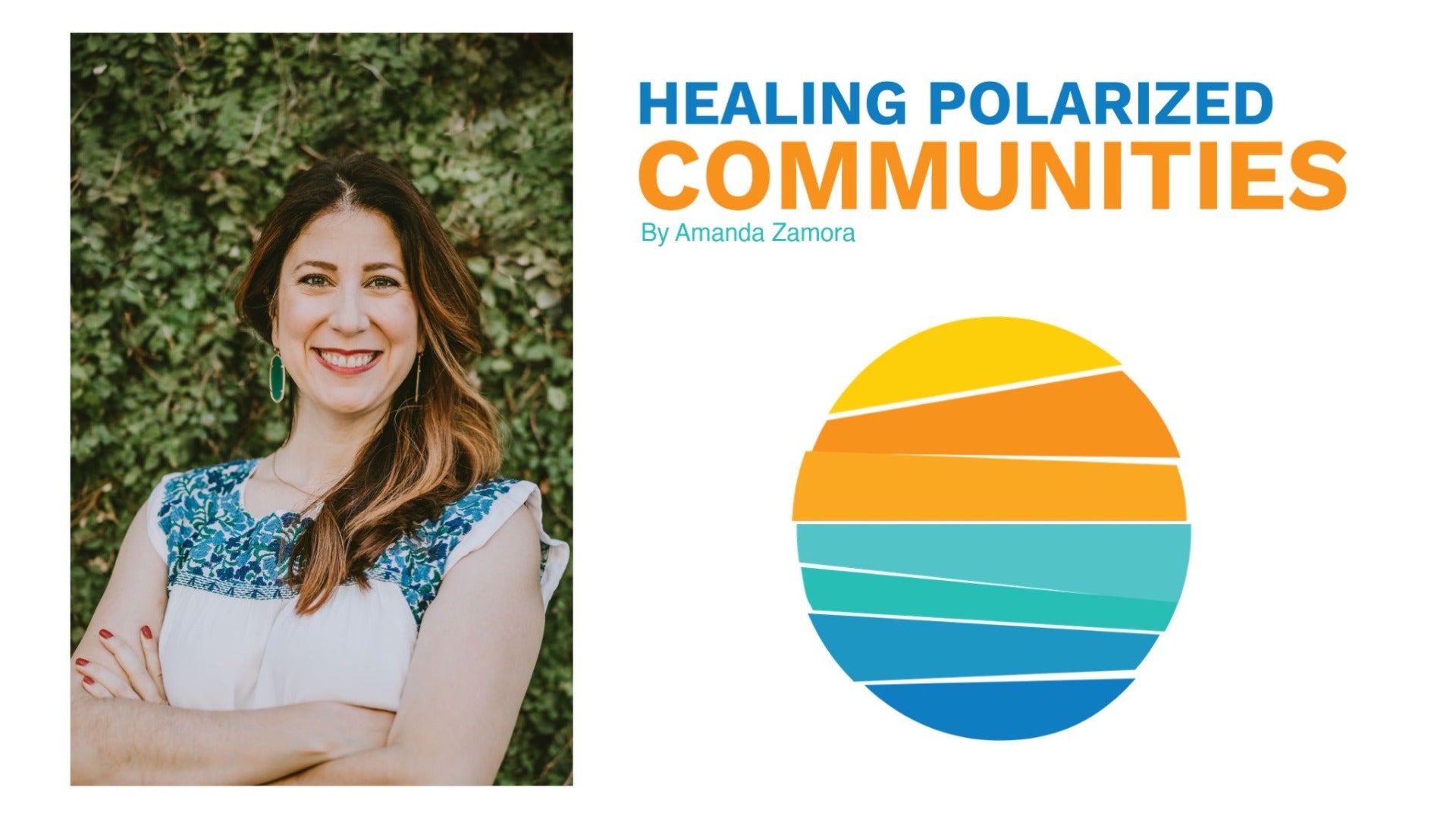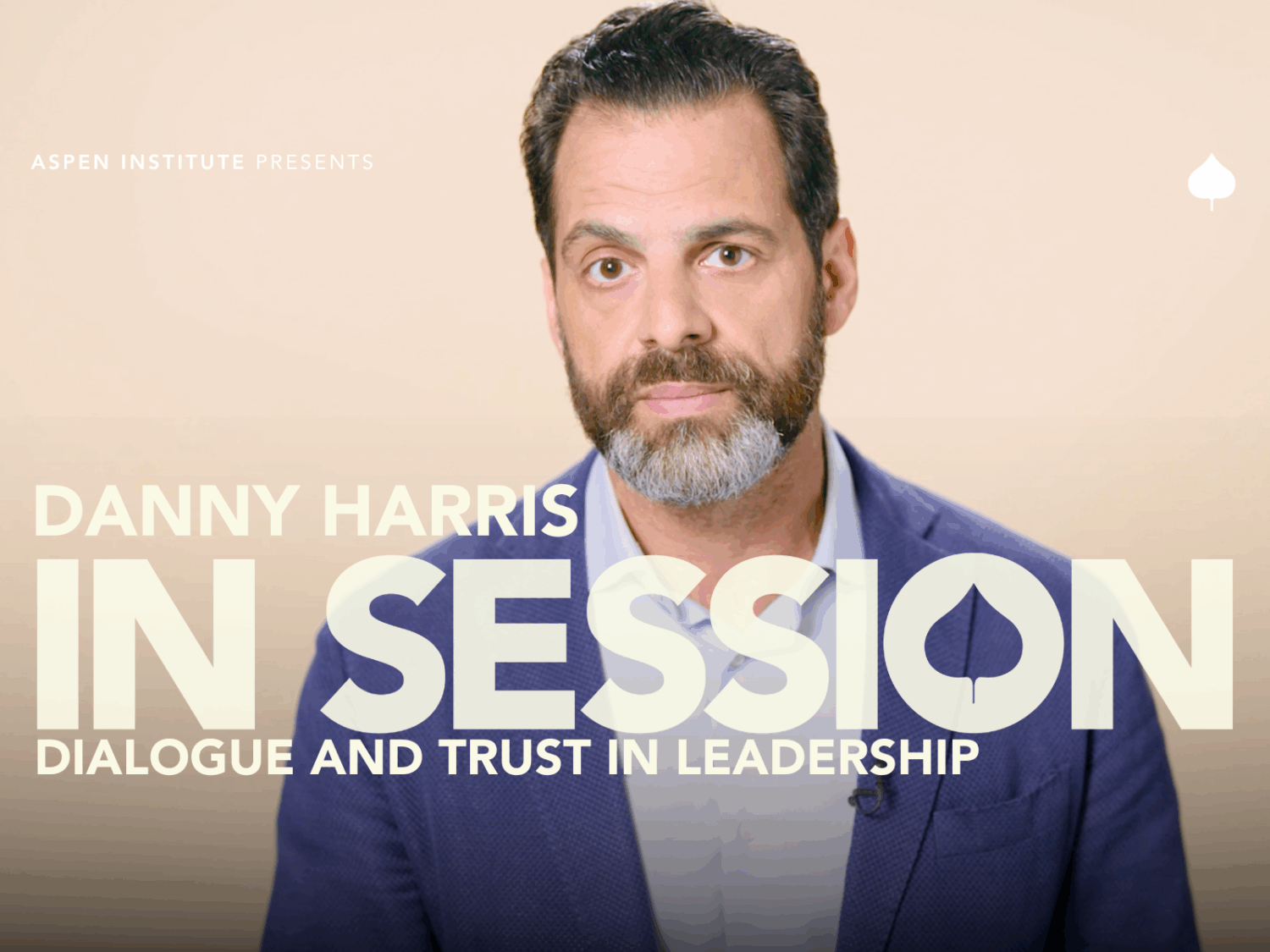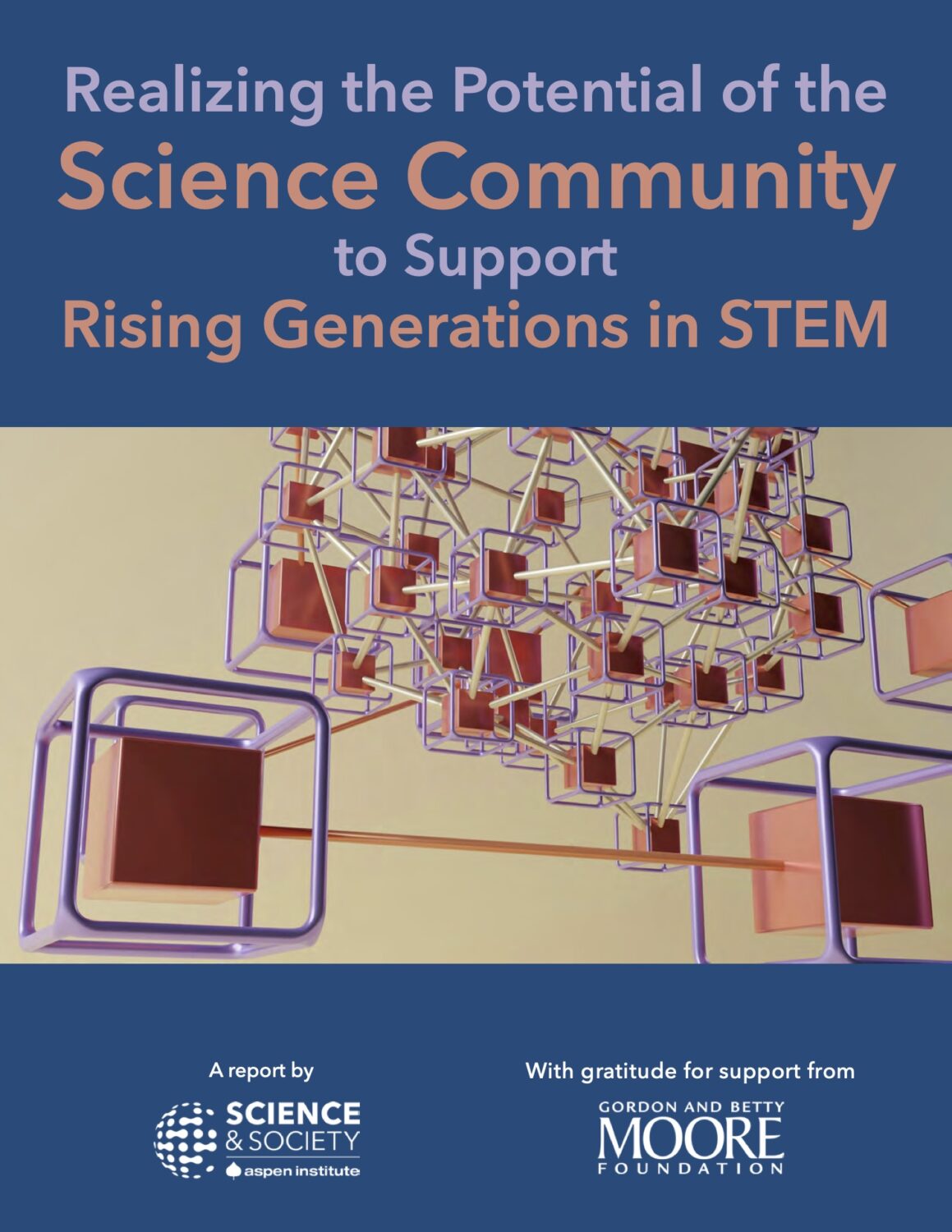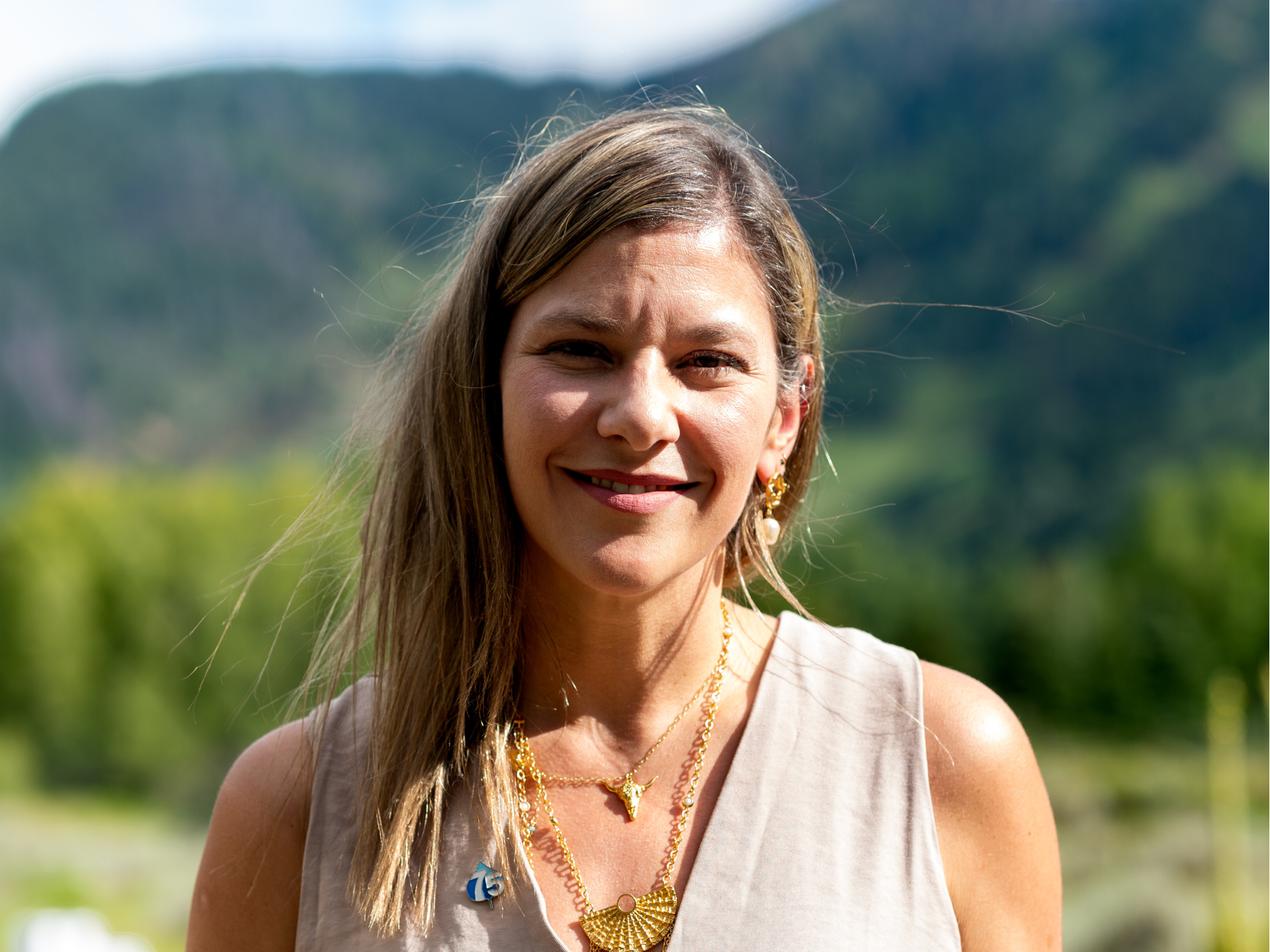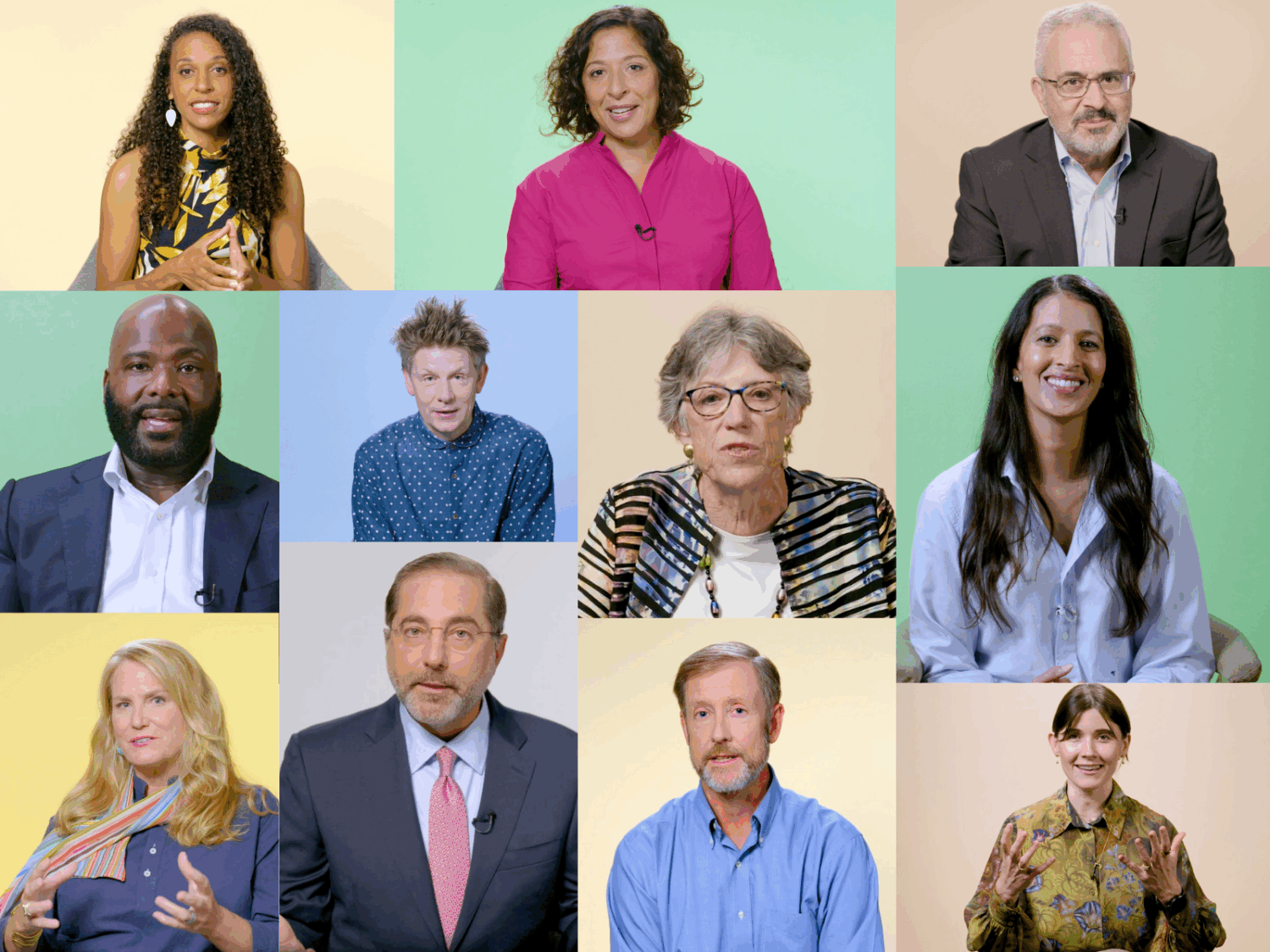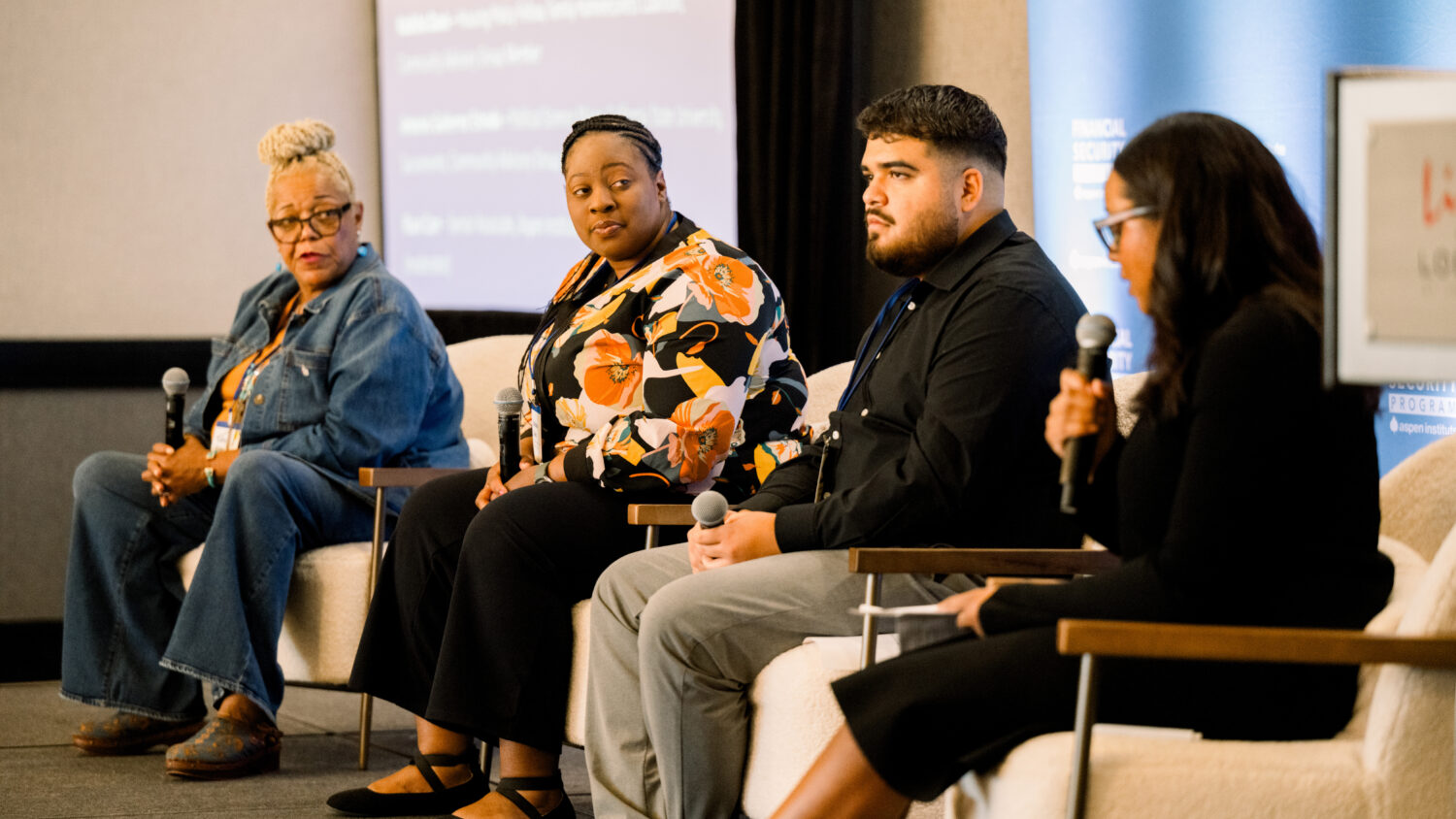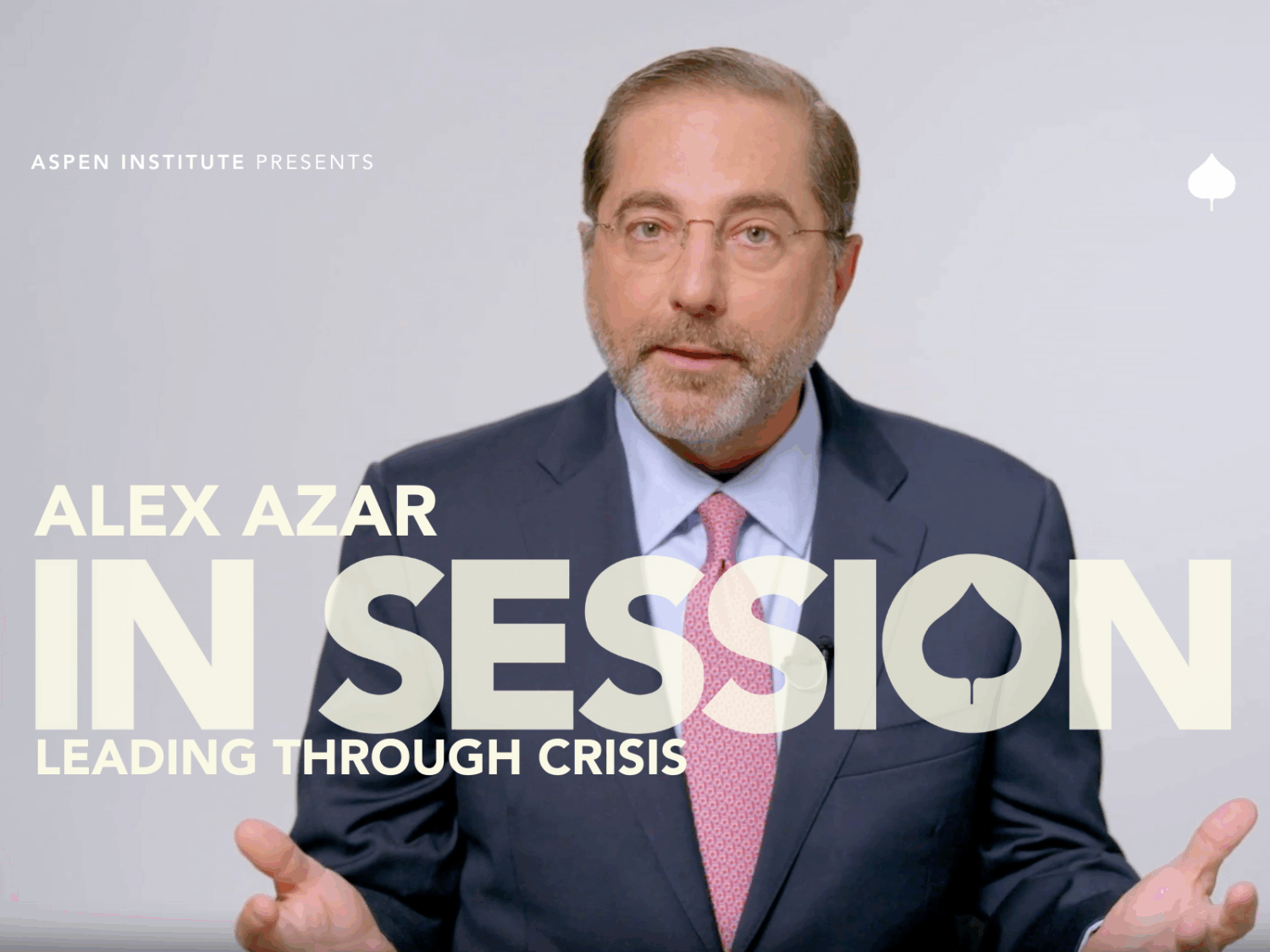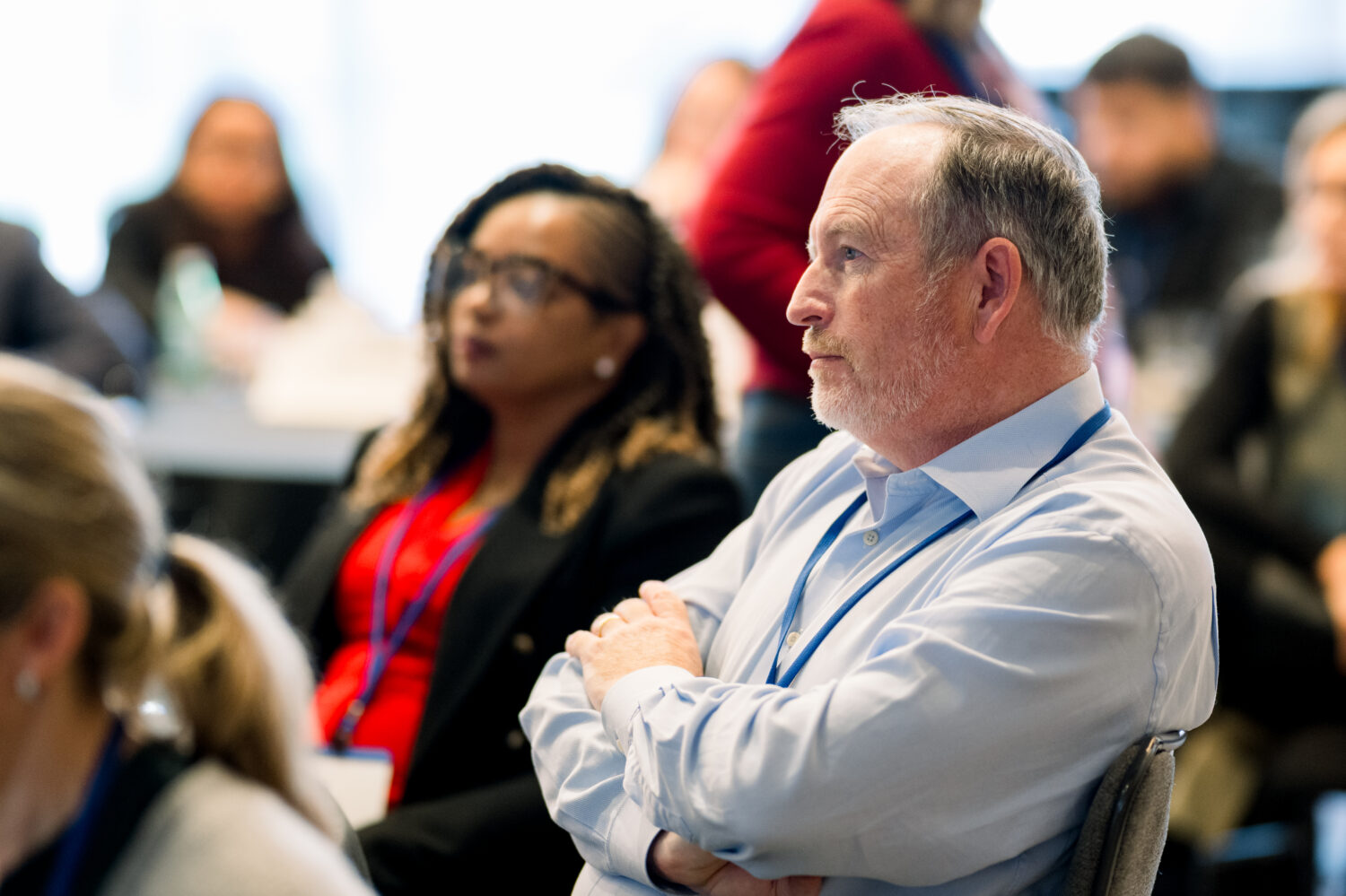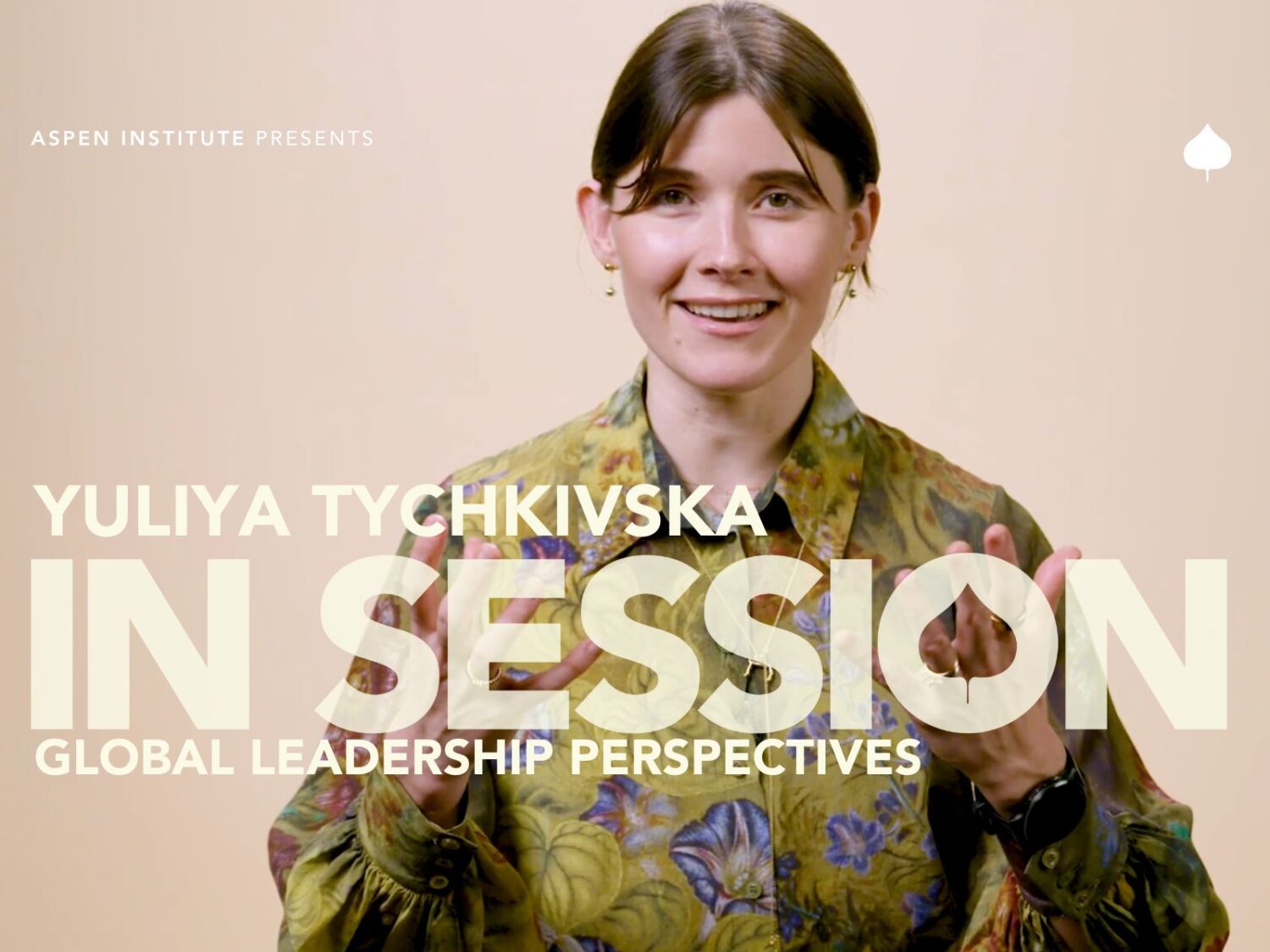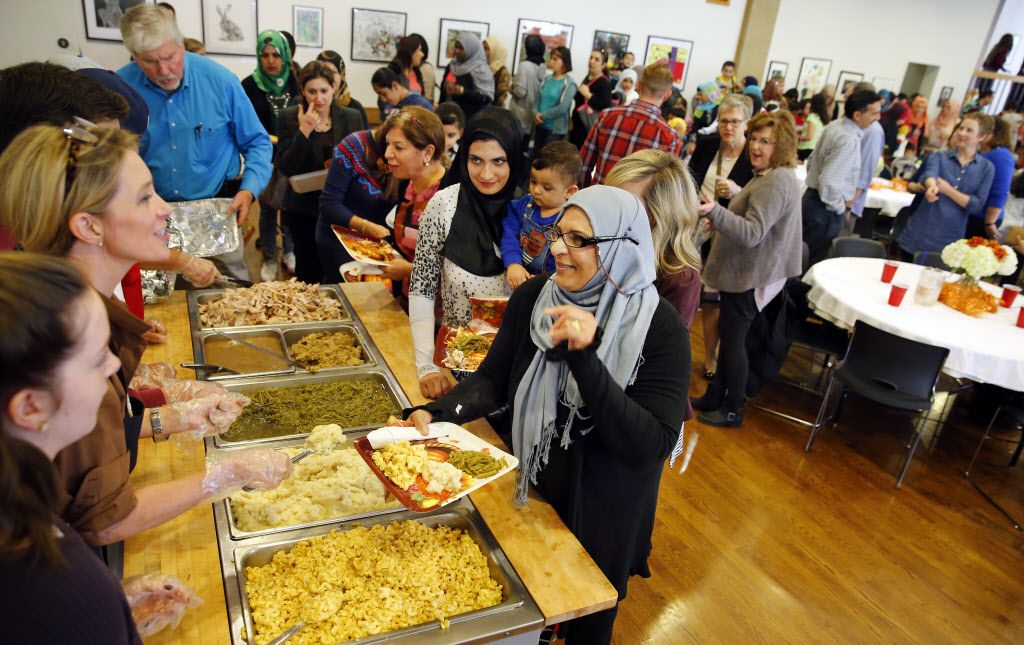HEALING POLARIZED COMMUNITIES
By Amanda Zamora, Publisher, The 19th*
Take a moment to consider this very real life-or-death scenario that played out in the opening weeks of Russia’s attack on Ukraine. On the ground in Lviv, New York Times international correspondent Valerie Hopkins reported how Ukranian families were desperate to convince Russian friends and relatives of the grave reality of their government’s invasion. The Russian narrative perpetuated by state media was not one of an attack on innocent lives or a sovereign nation.
“They believe that everything is calm in Kyiv, that no one is shelling Kyiv,” one Ukrainian woman said. “Every day I send them the necessary information, but the response is that ‘this is some kind of fake information, that this cannot be the case at all, that no one can or will shoot at civilians,’” said another.
This is a worst case scenario that I don’t want to imagine as possible in America (for obvious reasons). And certainly, we cannot compare Russia’s state-run media with our own. But how is it that families can live such starkly different realities, consume starkly different information, such that even in a time of war — as existential as it gets — they have zero basis for a shared fundamental sense of the truth? How many degrees different is this from Americans who have desperately tried to convince their loved ones of the safety, efficacy and life-or-death importance of getting a Covid vaccine? Right. Life or death. So now that we’ve all got a picture of a worst possible outcome to our information disorder woes, I’d like to challenge us to step back from the polarized narratives that we read and report on daily — from covid vaccines to critical race theory to voting rights — to register where we are now in the arc of information disorder, why the local news ecosystem is such an important frontier, and why I would argue that the most important solutions to this problem come down to repairing relationships.
The Challenges
Climate change is a monumental and present threat to our existence — and yet, it took time for us to report on the rise in extreme weather events, from droughts to wildfires to 100-year floods, in the context of climate change. It took time for us to see the bigger picture unfolding, the profound impact of carbon emissions and the dire timeline we face to shift course and avert catastrophe. That is pretty much where we are with regard to information disorder — and the polarization that is both its cause and effect. Except that we as an industry, as a society, still seem to be treating it as a series of apparently disjointed events to be endured as the price we pay in pursuit of audiences, profits and connectivity. We don’t seem to have registered — or at least we are not yet operating as if we have registered — the magnitude of information disorder’s impact on our industry, on our society, on our democracy. We’re still roaming from wildfire to wildfire, documenting the devastation and investigating the origins of each, without assessing the larger threat and asking ourselves — how do we report this story effectively? How do we find our way through this crisis? And how do we do either of those things without knowing how we as an industry also factor into the problem itself? We are so busy reporting on information disorder and polarization as an external issue of politicians and platforms run amok, that we rarely reserve much energy for examining how we are creating the very conditions that are so conducive to information disorder. The reality is that we are all in an information climate crisis, if you will. So, what are we going to do about it? My first plea would be to ask that we all step back to see this bigger picture, the magnitude of this crisis, and ask ourselves what part each of us play in creating and sustaining it — whether we are cultivating audiences, reporting the news, designing platforms, shaping public discourse or funding any or all of the above.Next, let’s focus on one of the fundamental challenges constraining any conversation that we might have about rebuilding local news as an antidote to information disorder and polarization:
It’s pretty difficult to develop solutions, much less be the solution, when you’re fighting to keep the lights on.
And so many local newsrooms are simply fighting to keep the lights on.As local news organizations fold, mis- and disinformation are thriving amid an ever-growing deficit of credible information. Research shows that those declines impact civic participation — with fewer people running for local office, fewer people voting and less split-ticket voting.But while this situation is dire, I would urge us to think hard about what “rebuilding local news” means, and to be more blunt, what it cannot mean: which is to say, more of the same. How can we as an industry come through the last six years without fundamentally challenging our dismal track record of diversity, equity and inclusion? We need to be asking ourselves how mainstream and legacy newsrooms didn’t see or adequately cover the resurgence of white nationalism at work and in communities, law enforcement, local school boards, elite universities and, of course, public office. Why did it take a pandemic and the murder of George Floyd for us to begin to challenge notions of objectivity that serve to uphold our sense of gatekeeping and privilege, while relegating people of color, women and LGBTQ+ folks to the margins? The information deficits that help fuel mis- and disinformation aren’t just a result of shuttered newsrooms — those information deficits have long existed for millions of Americans who never saw themselves or their communities in our news organizations to begin with.Which brings me to my third point. Assuming we figure out a revenue model that allows us to rebuild a local news ecosystem that is far more representative and inclusive of the communities we serve — how do we actually move through this era of polarization? Are headlines and fact-checking enough? You will not be surprised to learn that I think the answer to this question is no.We cannot begin bridging communities beyond our newsrooms without building — and supporting — more diverse communities within our newsrooms. This includes being more intentional about cultivating gender, racial, geographical, socioeconomic and yes, ideological diversity. It means creating space for difficult, uncomfortable conversations in our workplaces as a feature of healthy discourse and intersectional communities, not a bug. And to take this one step further, I would argue for considering the extent to which intergenerational trauma plays a part in our current divisions — examining how that trauma informs our relationships to power, our relationships to the story, our relationships to the audience and to each other.These conversations are difficult. But if we can’t work through them within our own organizations — if we can’t acknowledge, embrace and support the lived experiences of our teams — how can we expect to help our audiences do the same? Representation matters, and building the kinds of relationships and organizational culture that support those relationships matters. This is precisely what we are trying to do at The 19th*. It’s what I see Mitra Kalita doing at Epicenter NY. Her team’s pandemic coverage is a great case in point. Instead of merely externalizing coverage of pandemic trauma, they literally rolled up their sleeves to meet their readers’ needs, to help them gain access to covid vaccines versus simply reporting on the rollout or expecting their audience to know how to navigate a confusing and inequitable system alone. So that’s it. Three things to think about as we consider how we might work collectively to address polarization. First, to see it as the information climate crisis that it is. Second, to think hard about who we are rebuilding local news for. And finally, to invest in the kind of cultural competencywithin our organizations that will allow us to build bridges with and among communities beyond our organizations.
Key Recommendations Compiled from Local News Summit Conversations on Healing Polarized Communities
Engage community partners to fight mis- and disinformation
Media can address mis- and disinformation and the disproportionate impact it has on marginalized communities by building relationships with trusted voices and community partners, such as churches, libraries, universities and first responders.
Diversify staff matters from top to bottom
Newsrooms with varied perspectives, backgrounds and expertise can bring imaginative and effective approaches to redefining value propositions. Recognize that support structures for diverse newsrooms and reporting partners need to be long-lasting. The support structures that permanent staff receive is often not equitable to the support the project staff receives, from pay and time off, to healthcare benefits.
Reconsider metrics to focus on impact
Shift away from traditional metrics, such as clicks, and embrace new ones to evaluate impact, e.g., the amount, and tangible results of, storytelling that focuses on lived community experiences. Redefine how to measure success and how to set expectations and communicate impact both internally and with external partners, such as funders, advertisers and other community stakeholders.
Leverage the tech platforms as partners in combating disinformation
Widen the ecosystem of partners, which also pertains to tech and social media. The platforms can and should assist newsrooms in understanding local online conversations, and detecting and combating mis- and disinformation.
Broaden the definition of local news
Local news can and should be broadly defined to include basic information services for communities as well as accountability, investigative, and other forms of public service journalism. Outlier Media offers an effective and replicable model.
 Amanda Zamora is co-founder and publisher of The 19th. She spent nearly two decades as a digital editor, product manager and audience strategist at newsrooms including the Texas Tribune, ProPublica and The Washington Post. She serves as a board member for The American Press Institute and Chicas Poderosas.
Amanda Zamora is co-founder and publisher of The 19th. She spent nearly two decades as a digital editor, product manager and audience strategist at newsrooms including the Texas Tribune, ProPublica and The Washington Post. She serves as a board member for The American Press Institute and Chicas Poderosas.
